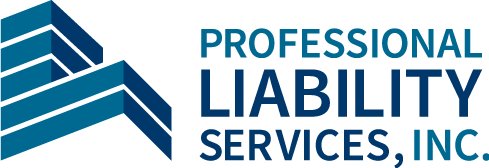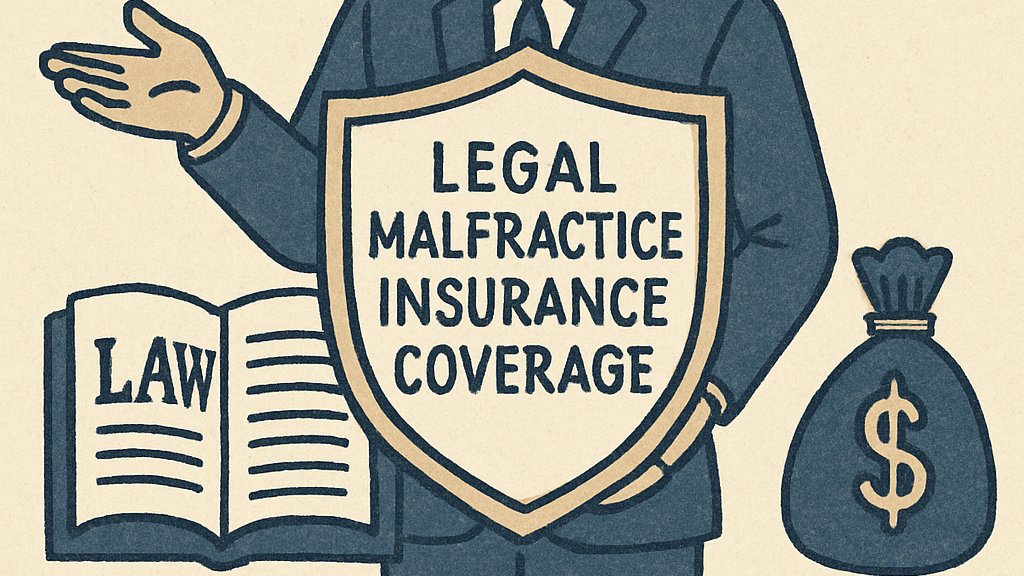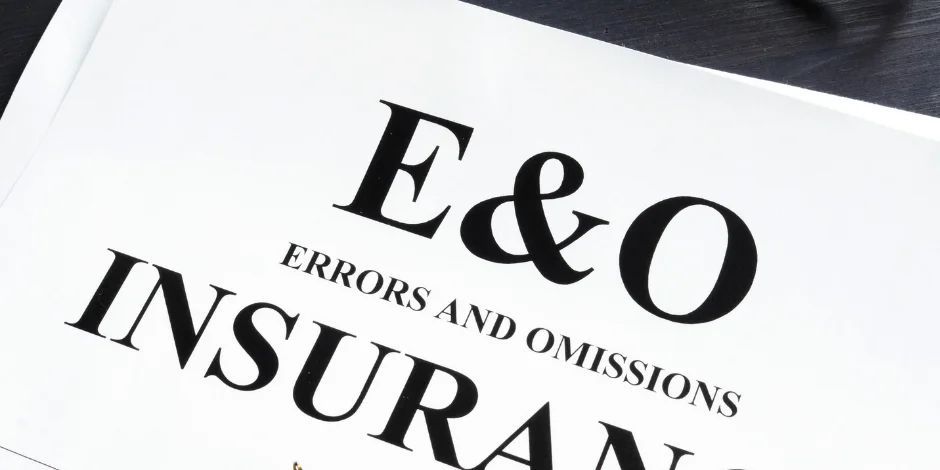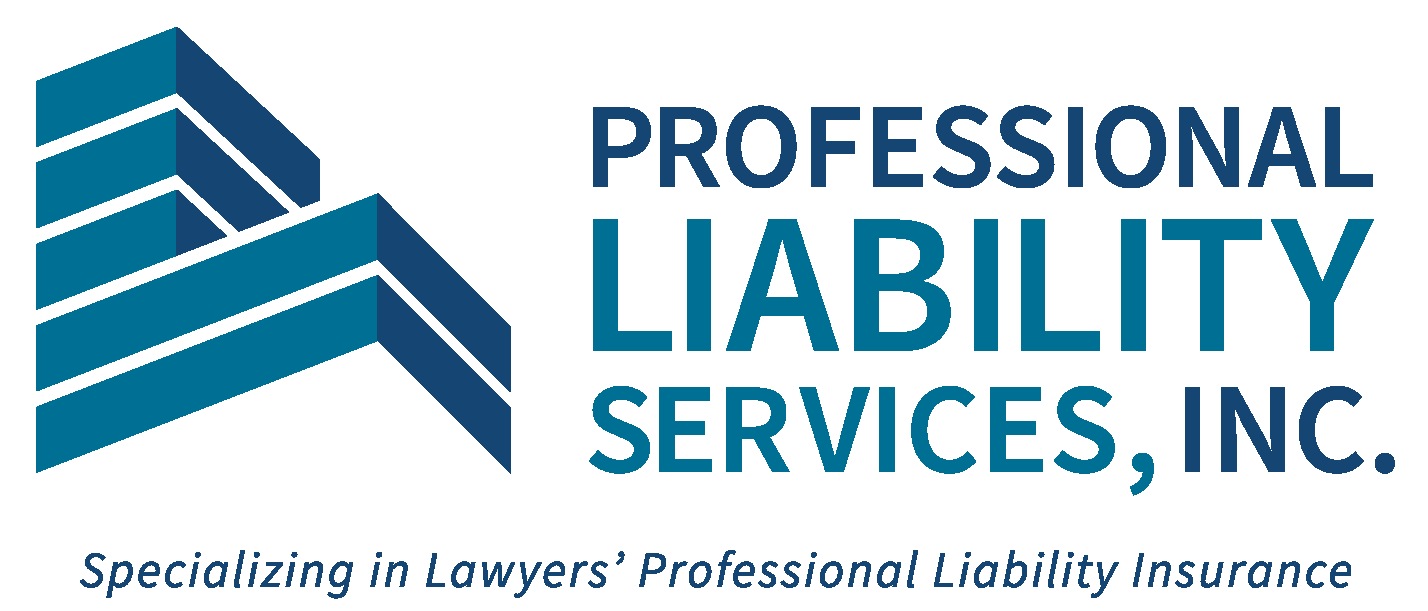Introduction: Protecting Your Practice from the Inside Out
Even the most experienced attorneys can face a malpractice claim. Deadlines get missed, clients misunderstand outcomes, and conflicts of interest can arise without warning. Legal malpractice insurance offers critical protection—but preventing claims in the first place is your best defense.
In this article, we’ll cover the
10 most common legal malpractice risks and share practical strategies to help your firm stay protected, efficient, and compliant.
1. Missed Deadlines and Calendar Errors
- Failure to meet filing deadlines remains the top cause of malpractice claims.
Prevention Tip: Implement a dual calendaring system (manual + digital) and set up automatic reminders for court dates, statutes of limitations, and client deliverables. Regularly review upcoming deadlines in team meetings.
2. Conflicts of Interest
- Overlapping client interests or undisclosed relationships can lead to ethics violations.
Prevention Tip: Use conflict-checking software before every new case, and maintain updated records of clients, opposing parties, and key contacts. When in doubt—disclose and get written consent.
3. Poor Client Communication
- Clients often file claims because they feel ignored or uninformed—not necessarily because of legal mistakes.
Prevention Tip: Document all communication. Provide regular updates on case progress, and set expectations early about timelines, outcomes, and fees.
4. Inadequate Documentation and Recordkeeping
- Verbal agreements or missing records make defense difficult if a client disputes your work.
Prevention Tip: Keep thorough, dated documentation for every interaction, including phone calls and emails. Store files securely in a cloud-based case management system with version history.
5. Errors in Legal Strategy or Application of Law
- Even a small misinterpretation can lead to big losses.
Prevention Tip: Stay current on changes in statutes and case law within your practice areas. Encourage peer reviews for complex cases and participate in ongoing CLE (Continuing Legal Education) programs.
6. Fee Disputes and Billing Issues
- Fee-related claims often escalate into malpractice allegations.
Prevention Tip: Be transparent about fees from the start. Use written fee agreements and detailed invoices that clearly outline tasks performed and time spent.
7. Failure to Obtain Client Consent
- Clients must understand and approve all major decisions about their case.
Prevention Tip: Get written consent for settlements, litigation strategies, and scope of representation. Verbal approval isn’t enough—document it every time.
8. Poor Supervision of Junior Attorneys or Staff
- Delegation errors can create liability even if a partner wasn’t directly involved.
Prevention Tip: Establish clear supervision protocols. Train new associates and paralegals thoroughly, and review all critical work before it leaves the office.
9. Confusing Areas of Specialization
- Taking cases outside your core expertise significantly raises risk.
Prevention Tip: Only handle matters within your competency, or co-counsel with a specialist. Insurance carriers may deny coverage if you take on cases beyond your experience level.
10. Cybersecurity and Data Breaches
- Hackers increasingly target law firms because of their access to sensitive data.
Prevention Tip: Implement multi-factor authentication, encrypt client communications, and conduct regular security audits. Pair your malpractice policy with cyber liability insurance for full protection.
Bonus: The Human Factor
Stress, fatigue, and overwork often lead to mistakes. Investing in mental health support and balanced workloads isn’t just good for morale—it’s smart risk management.
How Professional Liability Insurance Helps
Even with strong prevention practices, no firm is immune from claims. Professional liability insurance covers legal defense costs, settlements, and judgments stemming from professional mistakes or allegations of negligence. A trusted independent insurance agency—like Professional Liability Services Inc.—can help you find coverage tailored to your firm’s size, practice areas, and risk exposure.
Final Thoughts
Malpractice prevention starts with awareness, but protection requires preparation. By combining proactive risk management with the right insurance coverage, your firm can safeguard its reputation, finances, and long-term success.
If you’re ready to protect your law firm with reliable, affordable malpractice coverage, contact Professional Liability Services Inc. today. Our independent agents will compare policies across multiple carriers and design a plan that fits your firm’s unique needs.
📞 Call us or request a quote online to get started.
References
American Bar Association (ABA). (2023). Profile of Legal Malpractice Claims: 2016–2019. ABA Standing Committee on Lawyers’ Professional Liability.
https://www.americanbar.org/groups/lawyers_professional_liability/
CNA Financial Corporation. (2024). Professional Liability Risk Control Guidance for Law Firms. CNA Risk Control.
https://www.cna.com/web/guest/insurance/lawyers-professional-liability
Lawyers Mutual Insurance Company. (2022). Top Causes of Legal Malpractice Claims.
https://www.lawyersmutualnc.com/
ALPS Insurance. (2023). Common Legal Malpractice Traps and How to Avoid Them.
https://www.alpsinsurance.com/blog/
Clio Legal Trends Report. (2023). How Law Firms Manage Risk and Client Communication.
https://www.clio.com/resources/legal-trends/
Federal Bureau of Investigation (FBI). (2023). Cybersecurity Risks for Law Firms. Internet Crime Complaint Center (IC3).
https://www.ic3.gov/
